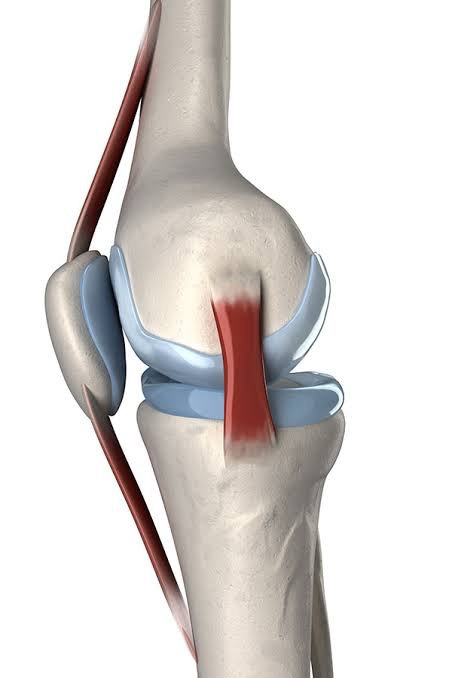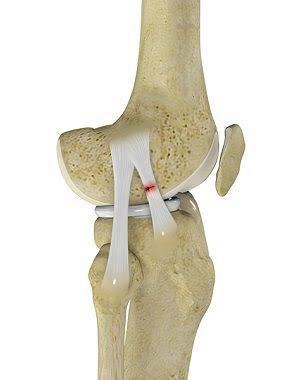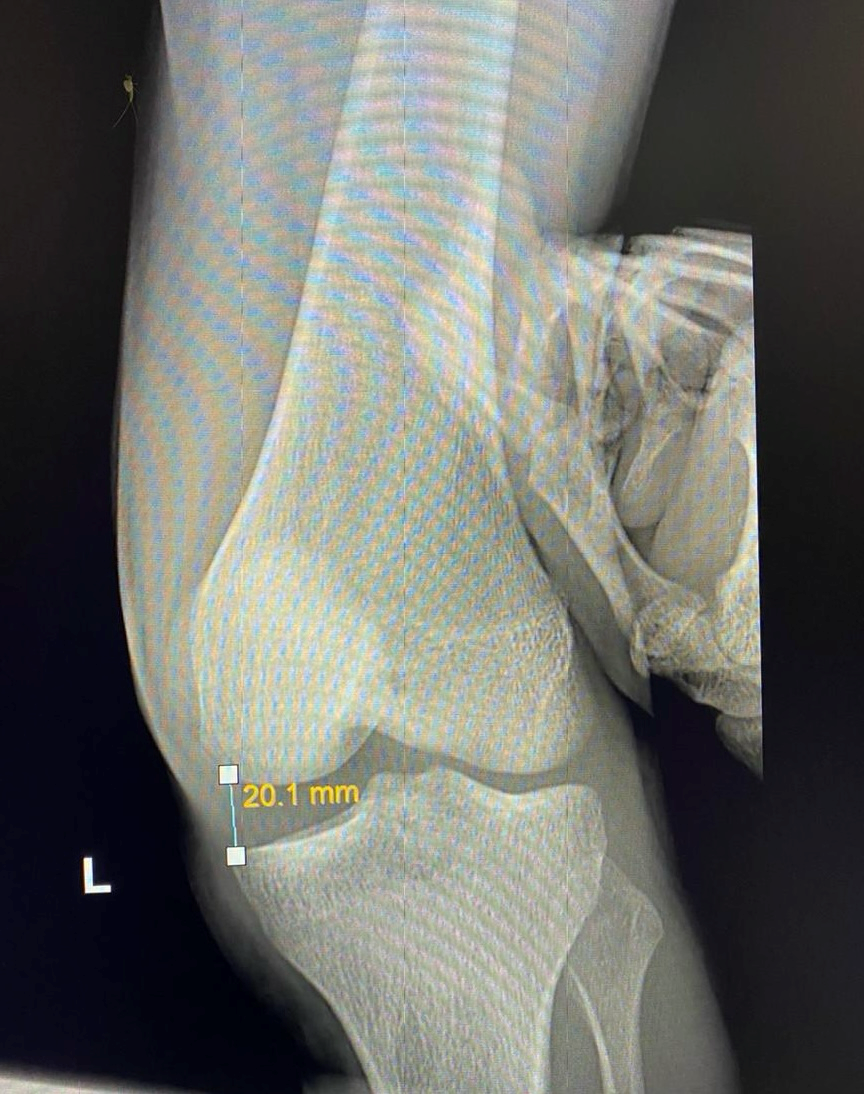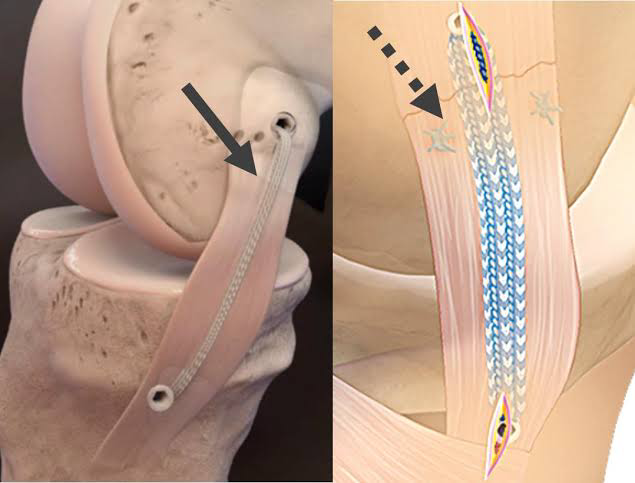Medial Collateral Ligament (MCL) Injury

A medial collateral ligament (MCL) knee injury is a traumatic knee injury that typically occurs as a result of a sudden valgus force to the lateral aspect of the knee. Males are more commonly affected than females. Commonly occur in athletes account of 8% of all. layers of skiing, rugby, football, soccer and ice hockey have highest risk of MCL injury.

Causes & Risk Factors
• Direct blow to the outer knee (common in football, rugby, skiing).
• Non-contact injuries (twisting or sudden movements).
• Most common associated injury: ACL tear.
Symptoms
• Pain & tenderness on the inner knee.
• Swelling & difficulty walking.
• A “pop” sound at the time of injury.
Diagnosis
• Valgus stress test: Assesses knee laxity.

• X-ray: Usually normal but may show old injuries.
• MRI: Best for confirming MCL tears.
Treatment
Non-Surgical (For Grade I & II Tears Without Instability)
• Rest, ice, painkillers, knee brace.
• Rehabilitation: Strengthening exercises for quads, hamstrings, and hips.
• Return to sports: 2 weeks for Grade I, longer for Grade II.
Surgical Treatment (For Severe or Chronic Tears)
1. MCL Repair (For fresh injuries)
• Torn ligament is sutured back using FiberTape internal brace.
• Faster recovery and early return to sports.
2. MCL Reconstruction (For chronic or severe cases)
• Hamstring graft + FiberTape for added support.
• Minimally invasive surgery (small incisions, less pain, quick recovery).

With modern techniques like FiberTape bracing, patients can recover faster with less pain, minimal stiffness, and early return to sports
